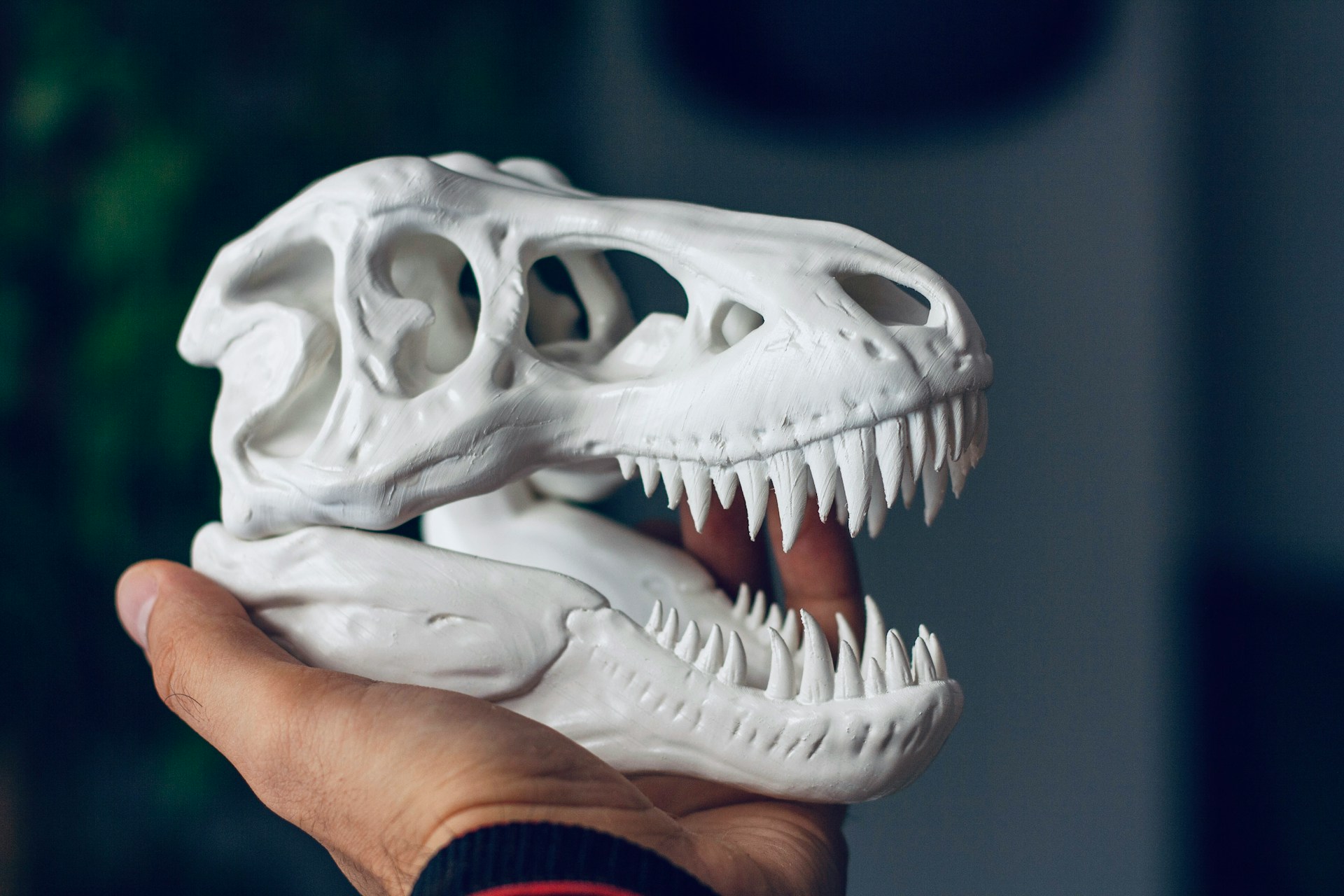In this guide, we’ll show beginners how to paint PLA filament step by step, what materials to use, and how to get the smoothest results. Plus, we’ll share tips on choosing the best 3D filament for beginners and where to buy 3D printing filament in Nigeria.
Why Paint PLA?
PLA (Polylactic Acid) is the most popular material for 3D printing, especially for beginners, because it’s easy to print, low-warp, and biodegradable. But straight off the printer, PLA often has a dull or uneven finish. Painting allows you to:
- Add color and detail
- Hide Imperfections
- Make your models display-ready
- Give props or miniatures realistic effects (like rust, chrome, or weathering)
What You’ll Need
Before you begin painting your 3D prints, you’d need to gather the following tools:
- PLA print (sanded and clean)
- Sandpaper (150 to 400 grit)
- Primer (spray or brush-on)
- Acrylic paints or spray paint
- Clear coat/sealer (optional for durability)
- Face mask & gloves (for safety while sanding or spraying)
Preparing Your PLA Print
Start by removing any supports and cleaning the surface. Use a hobby knife or file to clean rough edges.
Sanding:
- Use 150–220 grit to smooth down layer lines.
- Finish with 400 grit for a finer surface.
- Always sand in a circular motion for even results.
Tip: PLA is soft, so avoid applying too much pressure.
Applying Primer
Primer helps paint stick better and fills in minor imperfections.
- You need to choose a primer made for plastics.
- Spray in light, even coats to avoid oversaturation.
- Allow it to dry for at least 1 hour, then lightly sand again with fine-grit sandpaper.
Painting Your PLA Model
Acrylic Paint (for details):
- Use brushes for precision or sponges for texture.
- Layer slowly to let each coat dry before applying the next.
Spray Paint (for smooth finishes):
- Use short bursts, 20–30 cm away from the surface.
- Apply 2–3 thin coats, drying fully between each layer.
Seal It (Recommended)
A clear coat or matte sealer protects your painted model from scratches and wear. It also adds a glossy or professional finish.
Use a spray-on polyurethane or acrylic clear coat.
- Let it dry completely before handling or displaying your piece.
Choosing the Best 3D Filament for Beginners
When it comes to painting, not all PLA is equal. Poor-quality filament can result in rough prints, uneven texture, or poor adhesion to paint.
At PlaSpool, we manufacture premium-quality 3D PLA filament perfect for both beginners and professional makers. Our 3D filament prints smoothly, sands easily, and provides a consistent base for painting.
See more: 3D Print Filament Types: Which One Should You Use?
Frequently Asked Questions (FAQs)
Can you paint PLA filament?
Yes! PLA is one of the easiest 3D printing materials to paint. With proper surface prep like sanding and priming, you can use acrylics, spray paint, or even airbrushes to give your prints a professional finish.
Do I need to sand 3D PLA before painting?
Yes, sanding is highly recommended. It removes print lines and rough textures, making your surface smooth and ready for primer and paint. Use fine-grit sandpaper for best results.
How do I seal painted 3D PLA prints?
To protect your painted model, apply a clear coat or varnish after the paint dries. Matte, satin, or glossy sealants can be used based on your desired finish.
What is the best 3D filament for beginners in Nigeria?
PLA is the best 3D filament for beginners. It’s easy to print with, has minimal warping, and is perfect for learning techniques like painting. Plaspool’s 3D PLA filament is designed to meet beginner and professional needs across Nigeria and Africa. Join our waitlist and be the first to shop when we launch.
